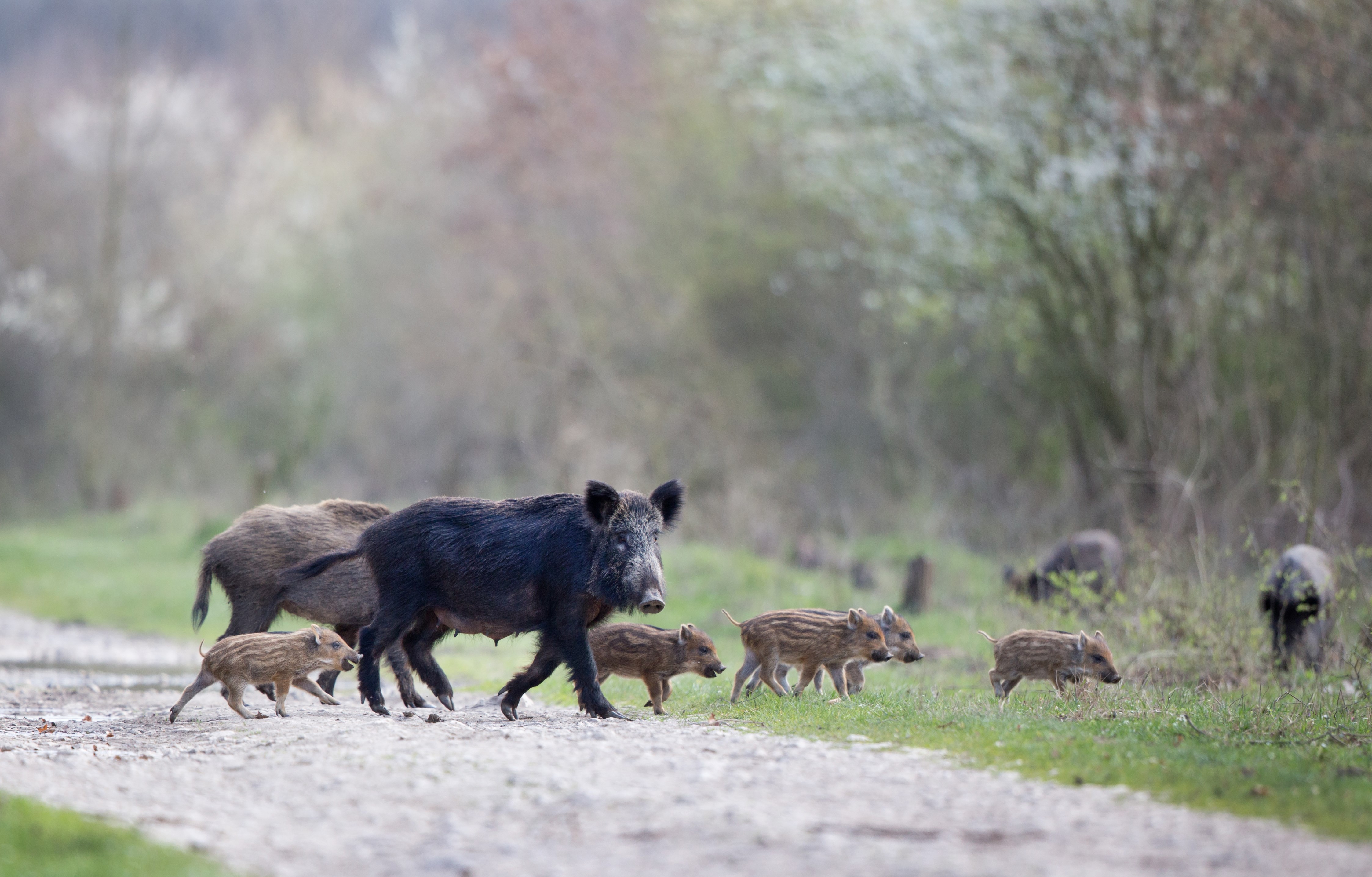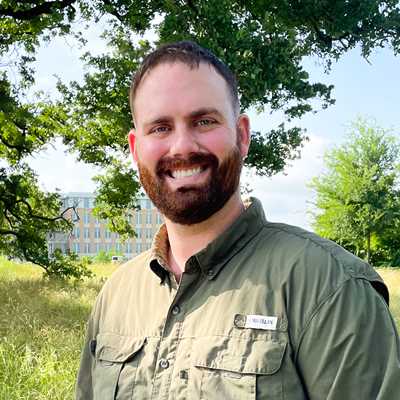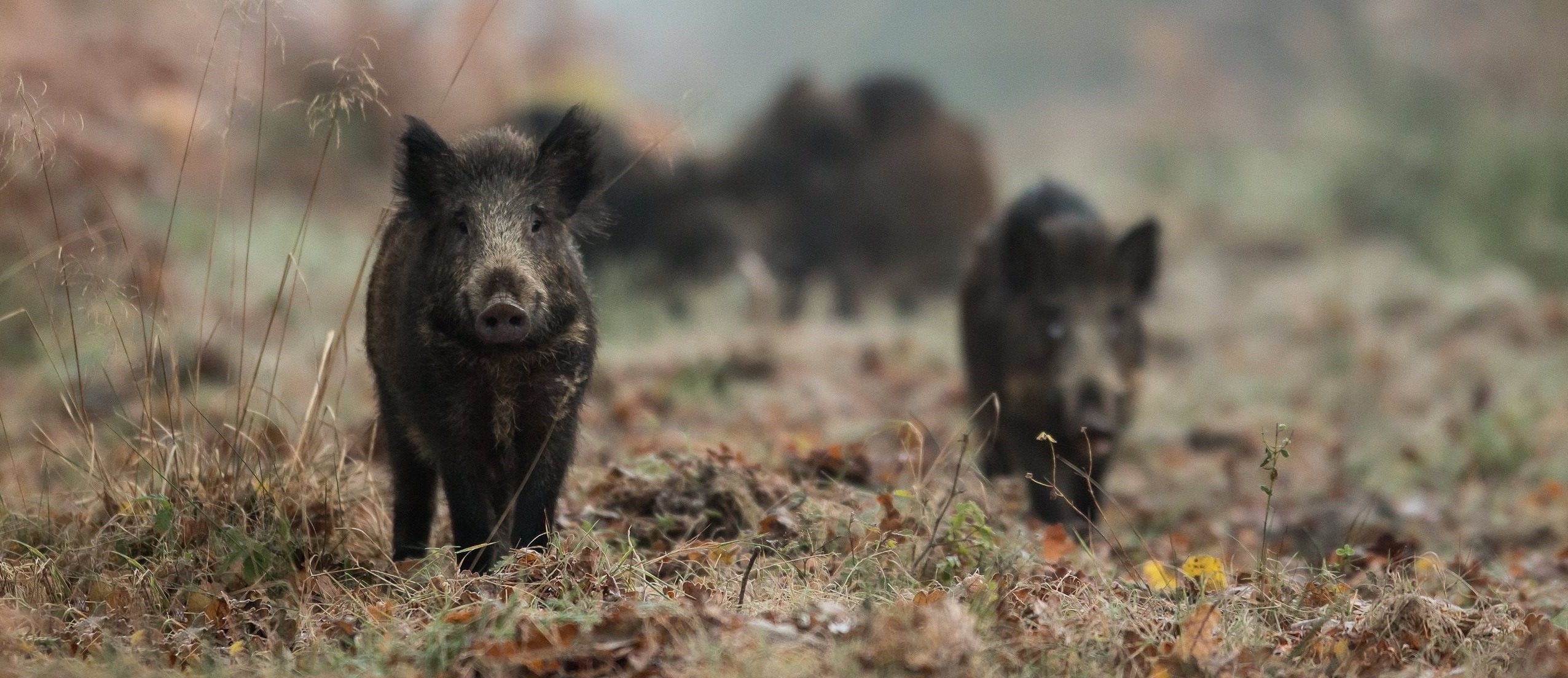Podcast Ep. #5: Life Skills and Wild Pig Management with Jay Long
Managing species of all kinds from endangered to invasive, we were honored to have NRI’s Jay Long for Episode #5 of The Land Steward Podcast, “Life Skills and Wild Pig Management”. In true spirit, this episode is full of relatable challenges and prescriptive solutions that you can use today—what a great time to be a land steward.
Wild pigs (Sus scrofa) remain one of the greatest invasive species problems in the United States, not just in Texas. They are highly adaptable, incredibly smart, and learn patterns very quickly. Now established in at least 35 U.S. states, these animals have adapted well along the human-wildland interface, resulting in widespread negative impacts to urban and suburban areas. Using data from the Texas Demographic Center and the NRI Texas Land Trends program, human populations in Texas are projected to increase by 3-5 million by 2036, and we are tracking about a square mile of agricultural lands converted to development every day to support this growth. Regarding invasive species, we can conclude that an increasing number of people will continue to encounter wild pigs and experience their negative impacts.
To better equip Texans with the tools and knowledge necessary to manage this species, NRI’s wild pig expert Jay Long joined us on the latest episode of The Land Steward Podcast to discuss a few aspects of wild pig management that he teaches at educational workshops statewide. Long served in the Marine Corps for ten years, including two overseas tours, before he landed back in the natural resources field as a park ranger and public hunting coordinator for the Texas Parks and Wildlife Department (TPWD). Because of the skillsets he brings to the program, he’s a frequent flyer in Brittany Wegner’s natural resource communications course in the Department of Rangeland, Wildlife and Fisheries Management (RWFM), bringing real-world insight to students about how best to engage with landowners. During his time in the military, Long learned how to become a leader and connect with everyone from teenage recruits to officers; an invaluable skill for him to learn how to adapt his messaging depending on how an audience will best relate to the information. In the natural resources field, he encounters everyone from students without any experience in wildlife to seasoned landowners and natural resources professionals who each have their own unique perspectives and set of challenges. Long’s day-to-day travels across Texas provide the opportunity for him to meet with landowners to help them navigate managing invasive species through educational programming and technical assistance.
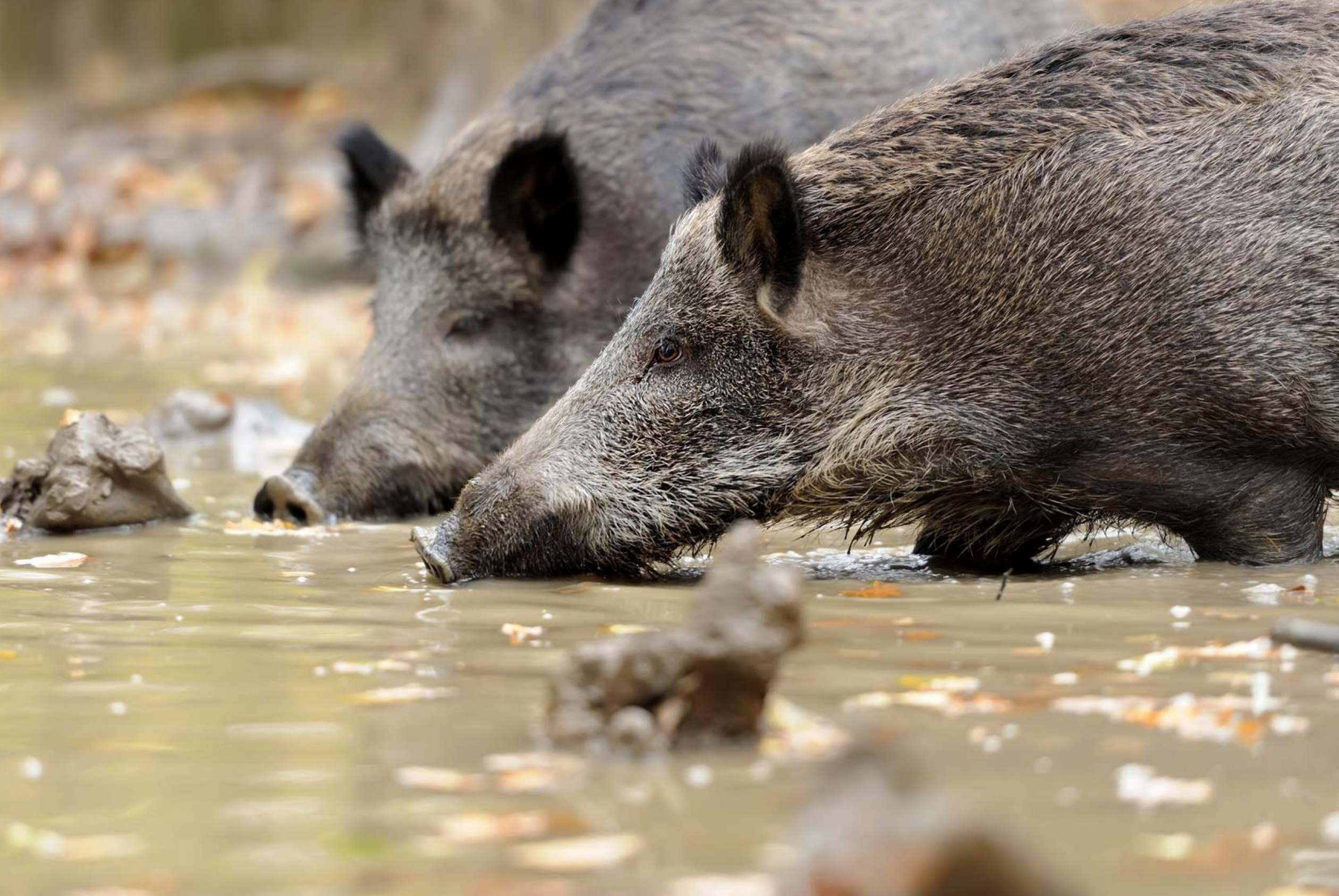
The Wild Pig Problem
Nationwide, the wild pig population is estimated to be over 6 million, with estimated numbers of 2.6 million in Texas alone (Timmons, J., et al. 2012). They’ve been observed in every county in Texas except El Paso and Dallum counties, with Dallum county only recently becoming free of wild pigs due to intensive control efforts through the USDA’s Feral Swine Eradication and Control Pilot Program. The cost of wild pig crop damage and control efforts are reported to be greater than $1.5 billion across the country and, conservatively, about $500 million in Texas annually, according to Texas A&M Department of Agricultural Economics and the USDA. Long shared that while this is the very best data we have access to, it isn’t entirely representative of the wild pig situation because there is no one agency or individual who is dedicated to counting wild pig populations and quantifying the damage they create. Wild pigs are also very elusive, which only compounds the difficulty of this effort. However, one thing we do know for sure is that they spend a significant portion of their time around creeks and streams due to their need to wallow, and they can contribute bacteria and nutrients to those water bodies, which can cause watershed impairments that then lead to detrimental health impacts for human communities. They can substantially impact water quality by depositing E. coli bacteria, eroding banks, increasing sediment loads and algae blooms, and causing oxygen depletion. In short, wild pig use of any kind of water resource can have huge downstream impacts for both wildlife and people.
Top 3 Takeaways for Wild Pig Control
The top three things that Long conveys at educational workshops are: (1) wild pigs are here and it’s going to take a sustained and joint effort across the state to reduce their population numbers and the damages they cause, (2) pigs need water and will often become nocturnal during the hot, dry summer months, making it a challenge to adapt control efforts around their movements during these times and (3) there are two reduction methods that have been scientifically proven to be independently capable of reducing wild pig populations—aerial gunning and corral trapping. The caveats here are that aerial gunning is often cost-prohibitive for landowners, coupled with the fact that not every property is suitable for aerial gunning, given their size and location. Trapping, if not done correctly, can lead to learned wild pig aversion to both the trapping efforts and human presence. Thankfully, there are assistance programs that can be found throughout Texas counties. For information regarding assistance programs, landowners can reach out to their county Extension agent and Texas Wildlife Services (TWS).
When presented with these two proven options, many landowners will ask if they can make the same kind of population-scale impact on their land using just a rifle. Long shares some field insights explaining that, even with all the bells and whistles, it’s just not possible for an individual landowner to harvest more than 3 or 4 pigs at a time before they fully disperse, and it becomes unsafe to shoot. This is not to say shooting doesn’t work at all, but, on average, without incredible frequency, this strategy alone won’t be able to make a large-scale population effect for an adaptable species like the wild pig.
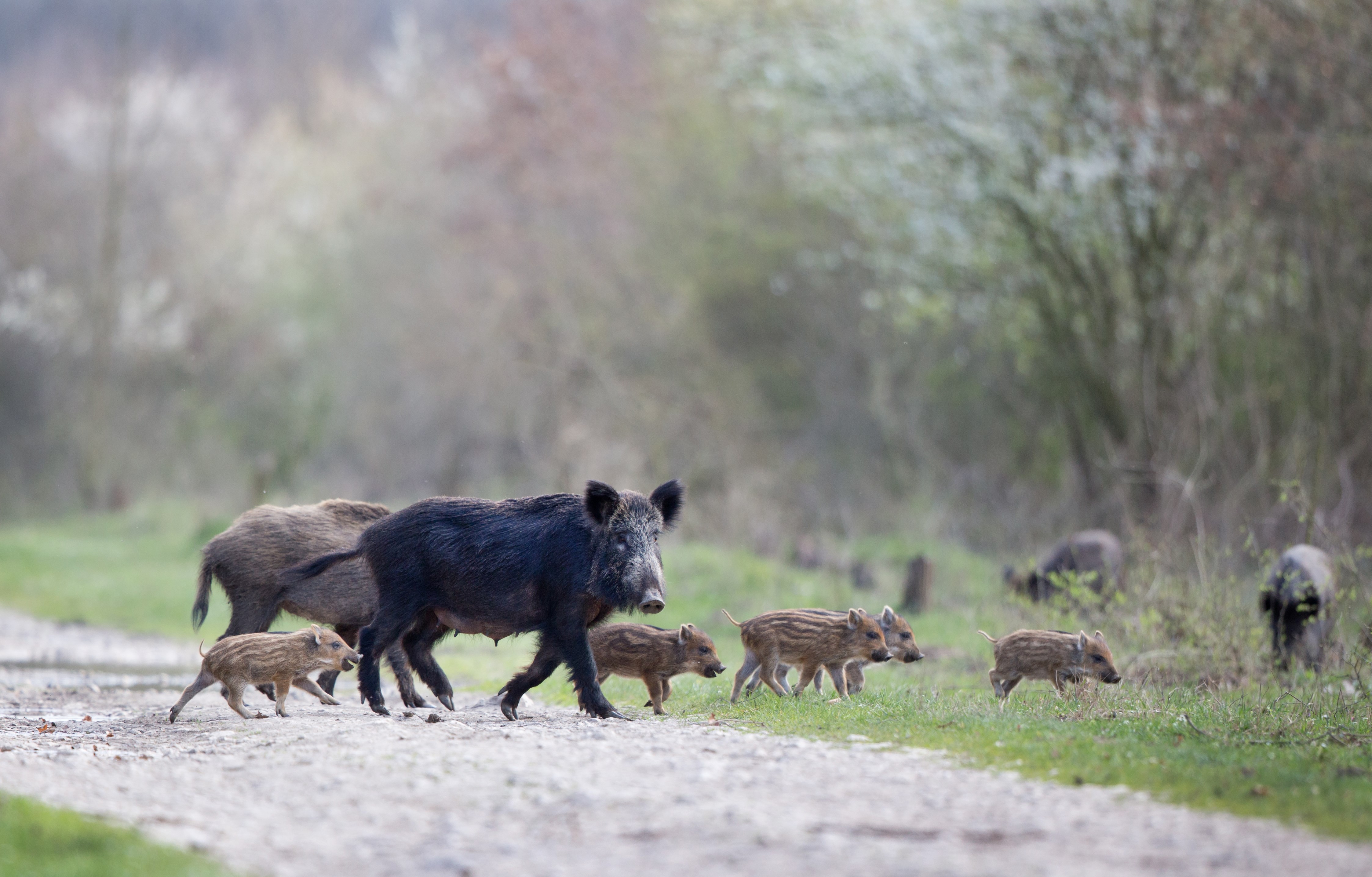
Trapping
Generally, trapping is the most feasible option for many landowners, and Long teaches about three different styles of traps during demonstrations:
- corral style traps
- human-activated traps
- continuous traps
Factors including property size, location, resource availability, how severe the problem is and, lastly, level of investment will determine the method you choose. Long says, “No matter which method you choose, what I tell every landowner I talk to is that you're only going to be as successful as the amount of pre-work you put in before you ever put a trap on the ground.” To his point, it could take days or weeks after building a traditional corral trap before you catch a single pig, which is why Long stresses the importance of pre-baiting.
To pre-bait, you should identify specific areas on your property where pigs are active to begin baiting them consistently before interfering. Then, set up a game camera to get an idea of how many pigs are using the area. On the podcast, Long recommends a simple set up, like a deer feeder and cell camera. Once you’ve picked a good location, be patient in monitoring for the whole sounder to come to the bait. It is important to observe their behavior toward the introduction of bait to the area; if the bait does not seem to cause any hesitation in the pigs’ use of the area, then it will most likely be appropriate to build the trap in one setting. However, if the introduction of bait to the area appears to cause hesitation in the use of that area, it may be more appropriate to build the trap over several days to allow for the pigs to get use to the new structure in their habitat. Although this technique is not published in literature, it’s a common practice that Long said will help land stewards become more effective trappers.
Once you’ve successfully trapped a sounder of pigs, you have two options for your next steps. The first is to take them to an approved holding or hunting facility for processing. You can go to the Texas Animal Health Commission’s website to see a list of holding facilities close to your area. Long recommends calling to confirm if they (1) are accepting pigs, (2) what size they are looking for, and (3) at what price point as a part of the prework so you can be prepared to transport them to a facility. This option allows landowners to get some money back on their investment into trapping.
The second option available to landowners is to dispatch the pigs in the trap. In this episode, Long provides a few strategies on the best way to do so, including looking for clean shots, shooting from the largest pig down to the smallest pig, and using a suitable weapon like a .22 long rifle or a .17 HMR.
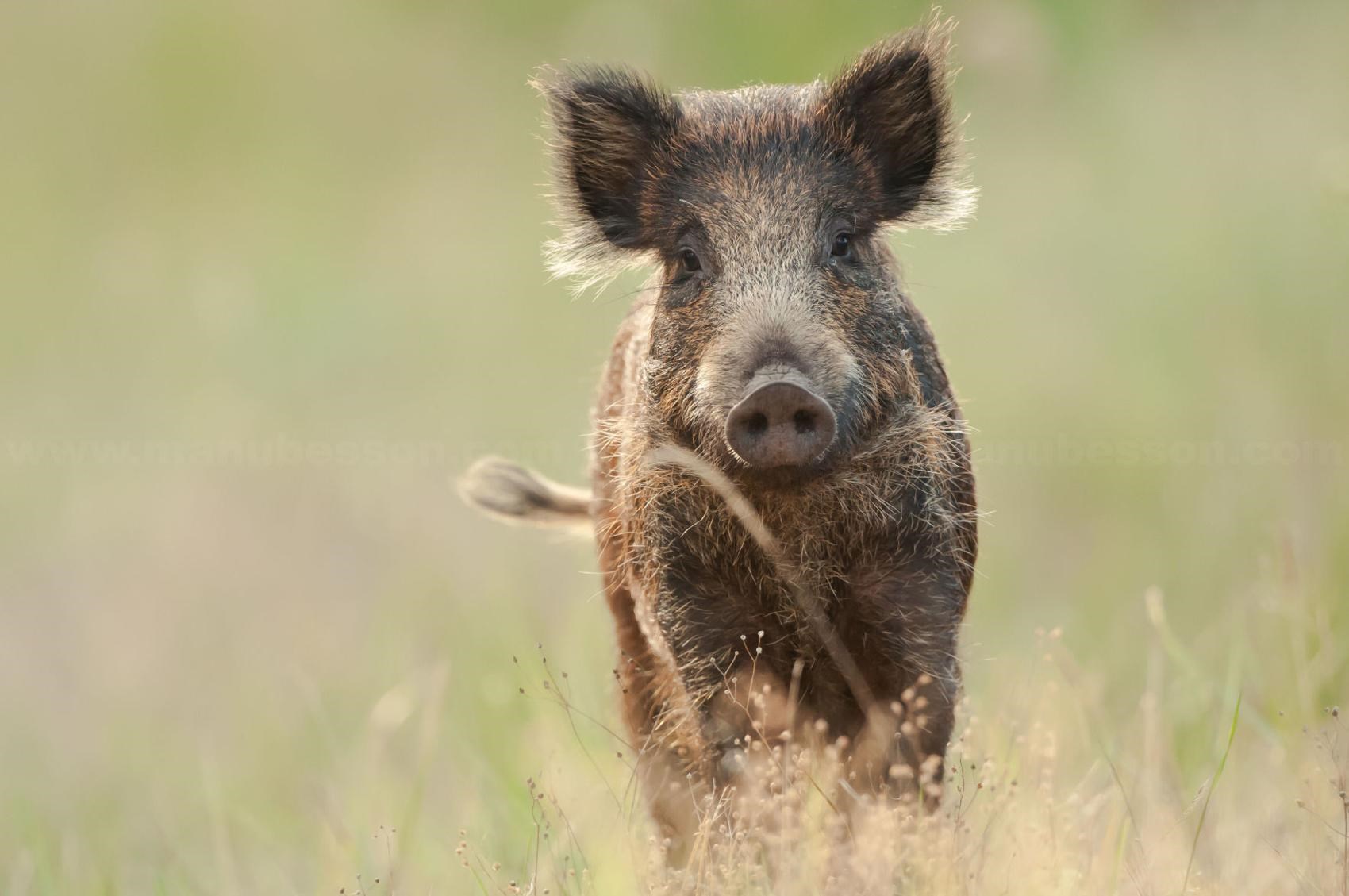
Suburban and Urban Wild Pig Management
As Texas is continually developed, some land stewards may not be able to shoot or trap pigs safely because their neighborhood is growing more suburban, making these practices no longer feasible. Long mentioned one option is to work together as a neighborhood, buy one trap, and move it around the land cooperatively to achieve the goal of wild pig control. The reality of this challenge is that it becomes harder as neighborhoods become more urban and are closer to a city center. In these cases, land stewards will need to rely on cities and towns to start sponsoring their own wild pig management programs. Organizations like TWS have existing urban damage management technicians across the state to help with more suburban issues. In areas where trapping and shooting are not viable options, Long says you can use specific types of fencing, like hog feedlot panel fencing, which can be effective if maintained properly.
Working with Landowners
We rounded out the podcast by hearing from Long about a landowner who recently became the manager of his family land and attended a wild pig workshop. This landowner asked many good questions during the workshop, had read a lot of the NRI wild pig literature, and asked if Long would be willing to come out to his property in Bastrop to help him begin his trapping efforts. In this specific case, Long broke the rules of pre-baiting, but the landowner was willing to accept the trade-offs to have the help of an expert for his first experience. In episode 4 of the podcast, we discussed how valuable it can be to get in contact with your natural resource professionals like Long whose favorite part of his job is getting to travel to beautiful properties across Texas and provide insight and experience where it’s needed.
If you or a landowner you know are interested in this kind of expertise for wild pig management, you can find Long’s contact information on our NRI People page and learn a little more about our wild pig education and outreach program. We also have many videos and free, online private land stewardship lessons focused on different aspects of wild pig control, information about how they impact water quality, and even how to prepare and cook your harvests. Take a look at these resources and keep an eye out for some new video content we’re releasing soon.
Listen to our latest episode of The Land Steward Podcast on Apple Podcasts and Spotify.
—
Citations
Timmons, J., Higginbotham, B., Lopez, R., Cathey, J. C., Mellish, J., Griffin, J., ... & Skow, K. (2012). Feral Hog Population Growth. Density and Harvest in Texas.
Feral Hog Abatement Project and Education Programs



